How the ever-resourceful people of rural Ireland made their own fuel from what was available to them.
by Joanne Hamilton, Documentation Officer (Irish Folklife), National Museum of Ireland
Copyright © 2023 Joanne Hamilton
What is culm?
Culm is a type of anthracite or a coal waste product, characterised as a very fine powdery dust-like substance. It is generally what is left behind when all the larger, viable pieces of coal have been removed through mining.
Coal was often too expensive to purchase as a fuel for many rural Irish families, so a cheaper product was made using the culm dust that was purchased straight from the mines at a good price. This activity prevailed in mining communities and their hinterlands like Arigna in Co. Roscommon and into Leitrim and Cavan, as well as areas of Kilkenny, Tipperary, Laois and Carlow where access to coal by-products were easier due to proximity to the mines.
Dancing the culm
‘Dancing the culm’ referred to the process of mixing the raw culm dust with a binding agent such as yellow clay, to form a viable product that could be shaped into balls and used as a domestic fuel. The process was largely done by foot in a yard or shed, or even on the kitchen floor: the dry culm would be spread out along with a binding agent like yellow clay, and water added. A shovel was used initially to turn the mixture once or twice, followed by the “dancing” of the culm. This involved walking around on the heap to work or bind the mixture together until it was flattened. It was recommended to wear stout footwear for this purpose to add more traction to the process. In some regions, a horse, or even a pair of horses, would be used to tramp the culm. When the mixture was sufficiently tempered the making of the culm ‘balls’ or ‘bombs’ could begin, a task was largely performed by women.
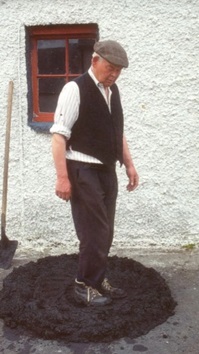
Figure 1 Dancing the Culm (reproduced with permission, Conry, 2001)
In his book dedicated to the history, folklore and use of culm in Ireland, Michael J. Conry describes the task of dancing the culm as one which was born out of poverty, hardship and survival (Conry, 2001) rather than one born from choice. This, and making culm balls by hand was considered to be hard, dirty work with hands and clothes becoming stained in the process. The culm balls, which were also known as bums in some areas, varied in size and shape from ovoid to elongated cylinder shape, to what were called ‘bombs’, due to their resemblance to a hand grenade.
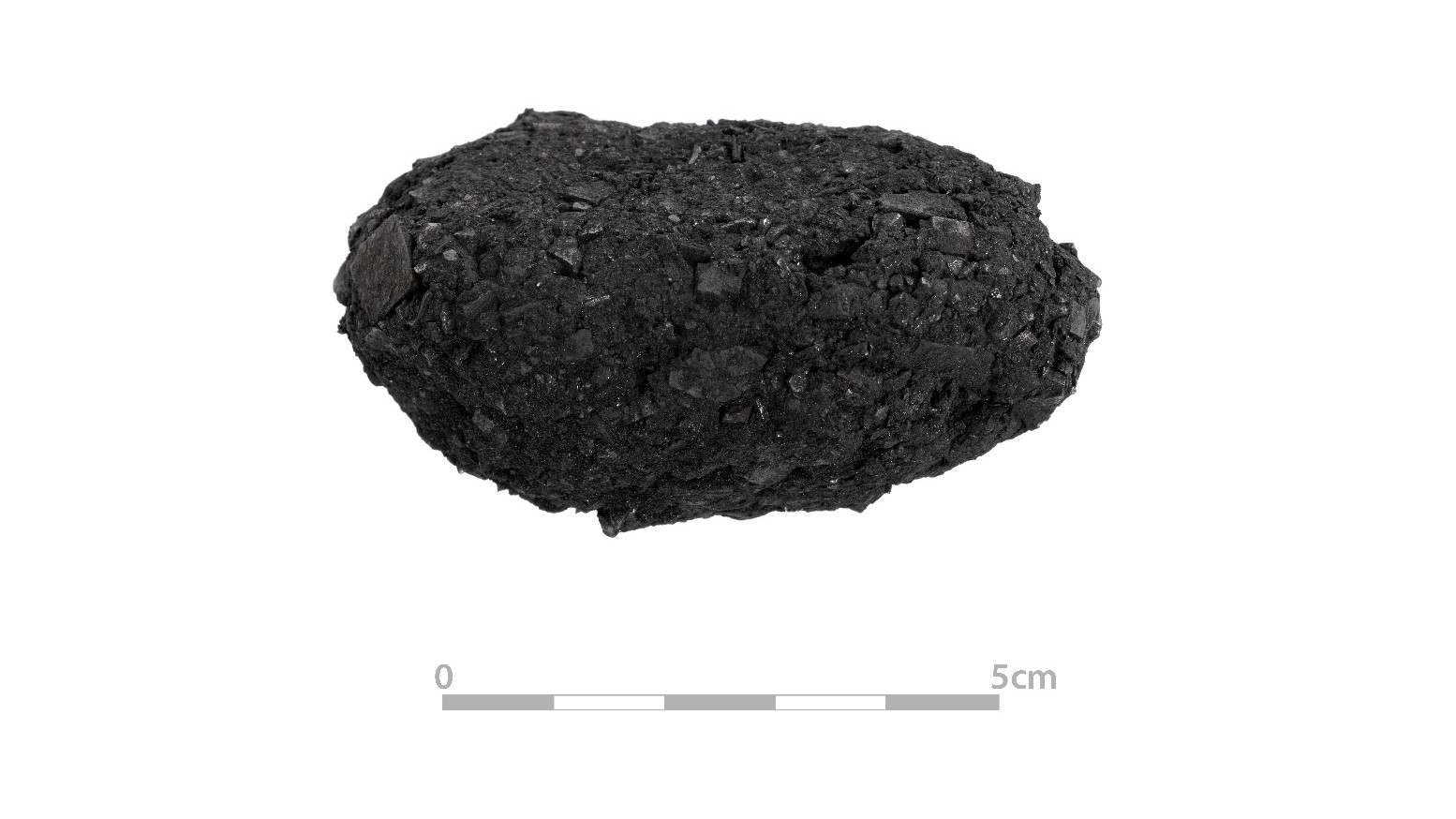
Figure 2 Example of a culm ball from Irish Folklife Collection © National Museum of Ireland
Culm Shooter
The arrival of the mechanical culm shooter, like the one pictured here, sometime during the 1920s and 1930s, was much welcomed in most quarters. The device took some of the physical and dirty labour out of hand making culm balls thereby increasing productivity, with some shooters able to produce multiple balls in one go.
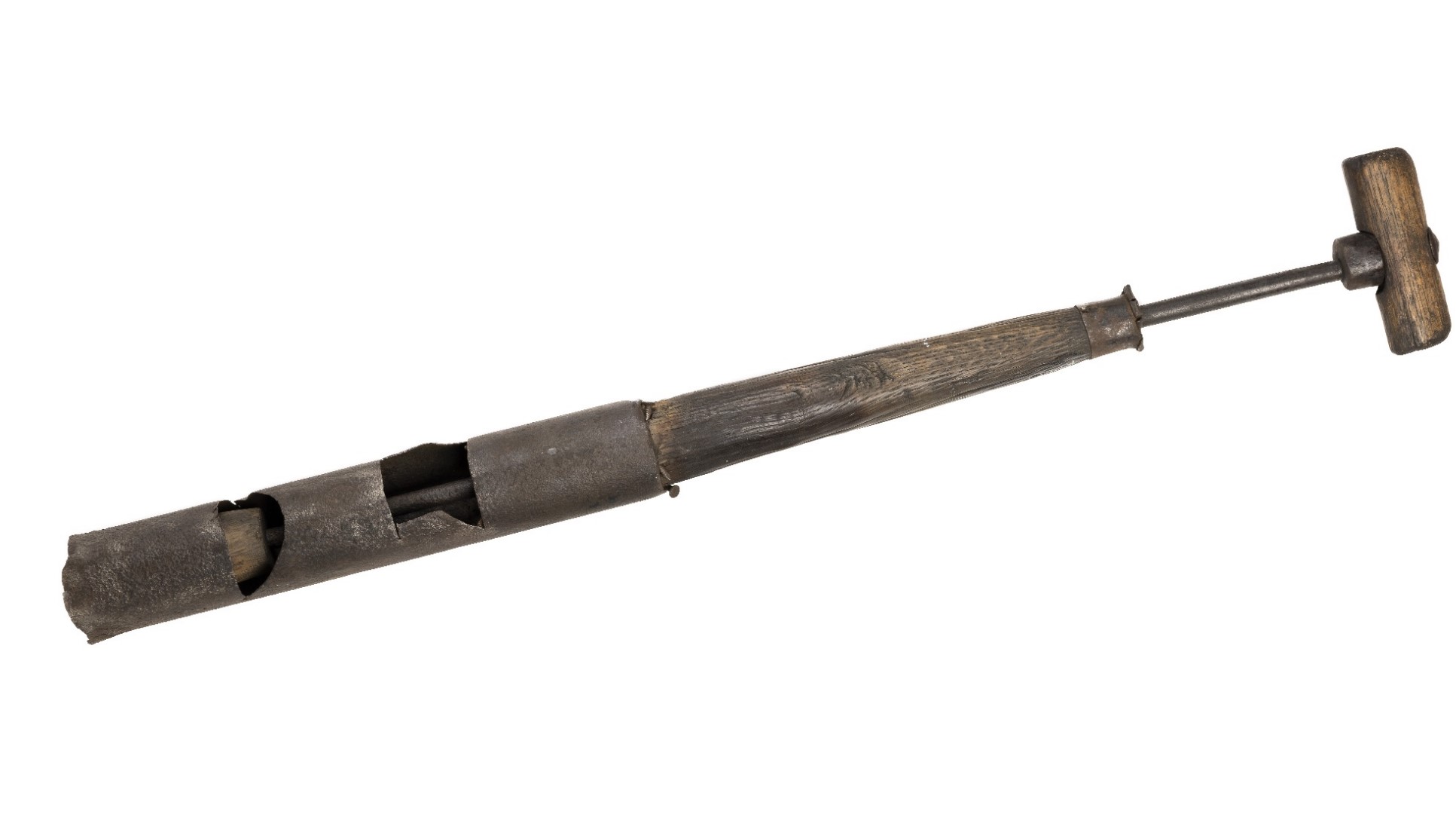
Figure 3 Culm Shooter F:1949.107 © National Museum of Ireland
Mechanisation was however not without its detractors, Conry records in his publication that some of the older female population felt they could handmake superior balls and didn’t mind the dirt at all (Conry, 2001). Women had been able to earn a small bit of income from making the balls for sale. An account by John Norton from Mullinahown, Co. Tipperary in the Schools Folklore Project, dated 1938, says that
“twenty to thirty women were employed by one man to make balls…. each woman made a tonne in a day…They were paid 1/ per day wages and one meal”
(National Folklore Collection, 2024).
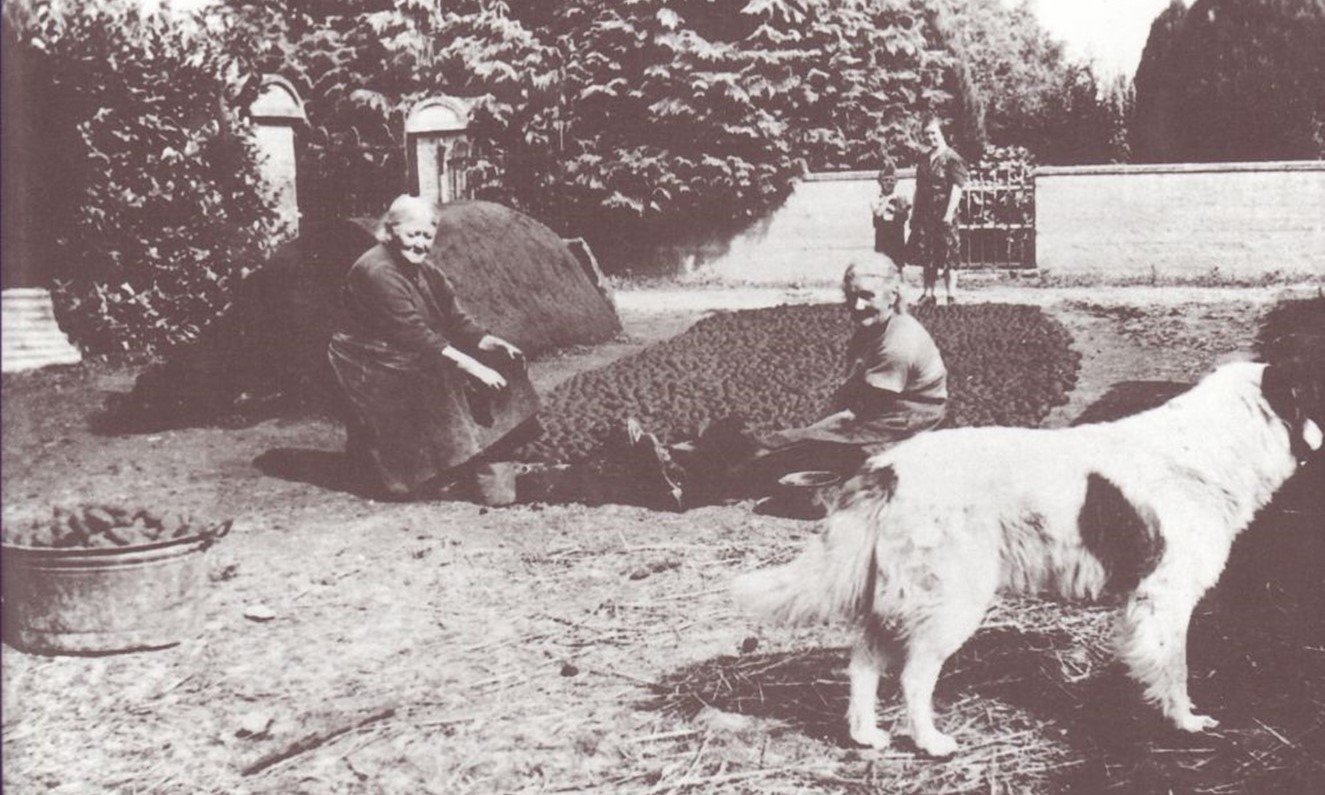
Figure 4 Women making culm balls outdoors (reproduced with permission, Conry, 2001)
A description of how a mechanical culm shooter worked is given in detail by another Schools Folklore Project contributor from Lanespark school in Co. Tipperary:
"The operator grasps the handle with the left hand, and pushes the mouth down into a bucket or other vessel filled with worked culm. He presses hard until the piston runs back to its full extent towards….. The cylinder is now full. He discharges or shoots the little cylinder of culm out of the cylinder by pushing inward the push-piece. Its action is somewhat similar to that of a boy's pop gun."
(National Folklore Collection, 2024)
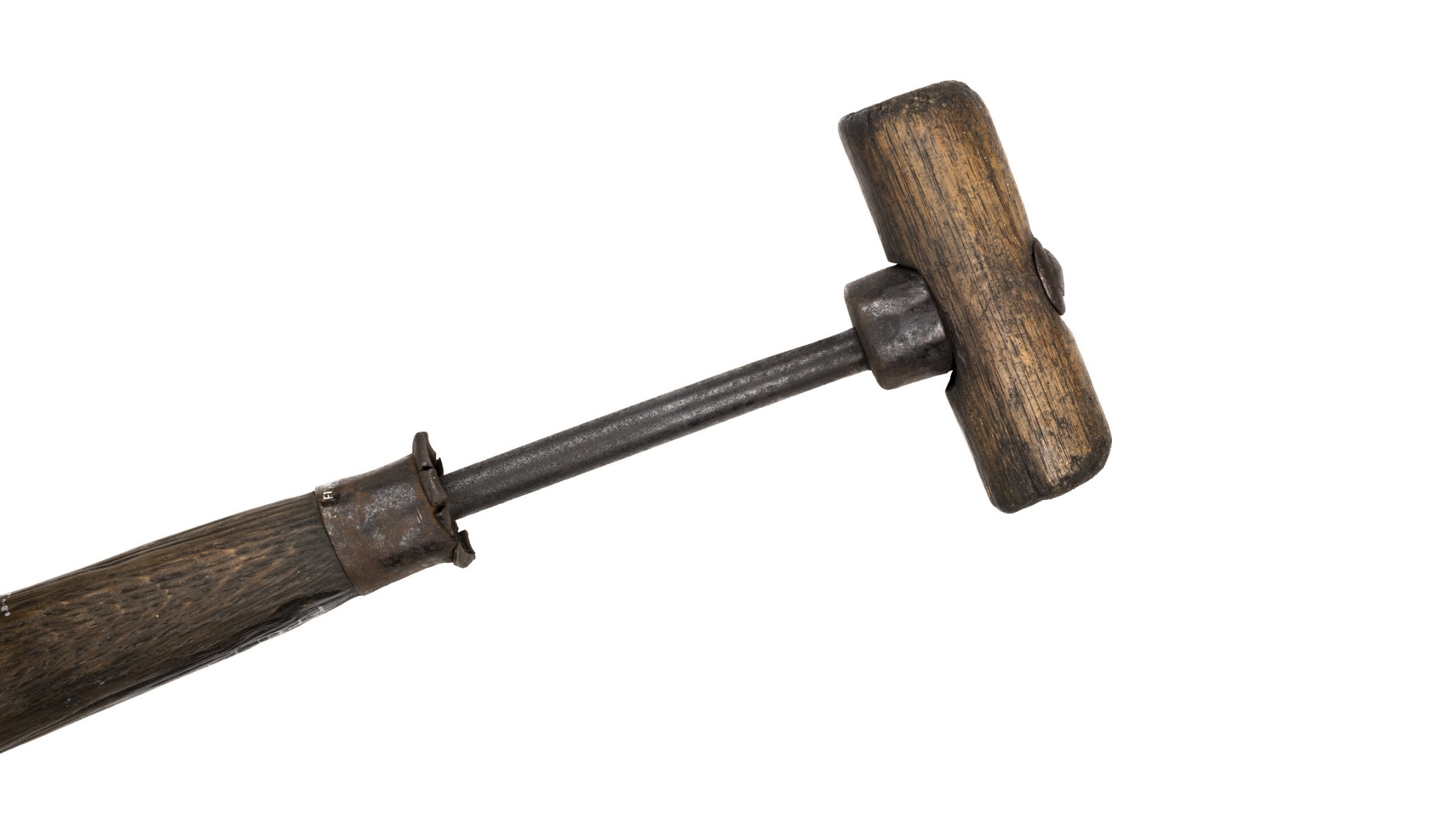
Figure 5 Handle of culm shooter that can plunge up and down (F:1949.107) © National Museum of Ireland

Figure 6 Mechanism at bottom to push out finished product (F:1949.107) © National Museum of Ireland
Culm balls and shooters in Irish Folklife Collection
There are a small number of culm shooters in the Irish Folklife Collection from parts of counties Tipperary, Kilkenny and Laois, where the practice was commonplace. The example featured here, NMI Registration number F:1949.107 is from Ballyknockan, Co. Laois and was acquired in 1949 by the museum. See Register entry below:

There are also culm balls acquired in the 1940s and 1960s from Co. Tipperary, such as those described in the Folklife Register below:

To find out more about the history and tradition of making culm balls see the book by Michael J. Conry entitled Dancing the Culm: Burning Culm as a Domestic and Industrial Fuel in Ireland.
Learn about how fuel like culm balls were used in rural Ireland by visiting the Hearth and Home exhibition https://www.museum.ie/en-IE/Museums/Country-Life/Engage-And-Learn/Museum-at-Home at the National Museum of Ireland – Country Life.
References:
Conry, Michael, J. (2001) Dancing the Culm: Burning Culm as a Domestic and Industrial Fuel in Ireland. Carlow: Chapeltown Press Ltd.
National Folklore Collection (2024) The Schools’ Collection. Volume 0560, Page 298, Mullinahone (C), Culm Ball Making [online]. Available from https://www.duchas.ie/en/cbes/4922236/4863079/5020783 Accessed 10/09/2024.
National Folklore Collection (2024) The Schools’ Collection. Volume 0564, Page 245, Lanespark, Co. Tipperary, The Shooter [online]. Available from https://www.duchas.ie/en/cbes/5162117/5155616 Accessed 10/09/2024
Acknowledgement:
Thanks to the Conry family for permission to use images from Dancing the Culm.
